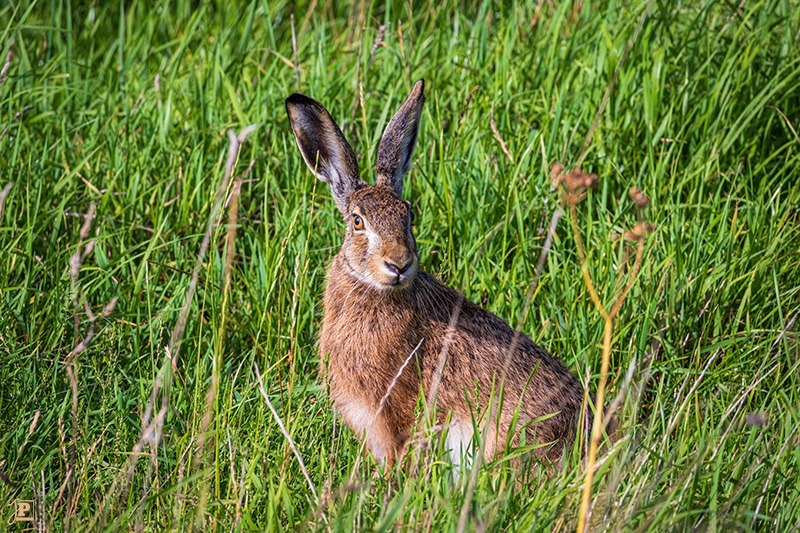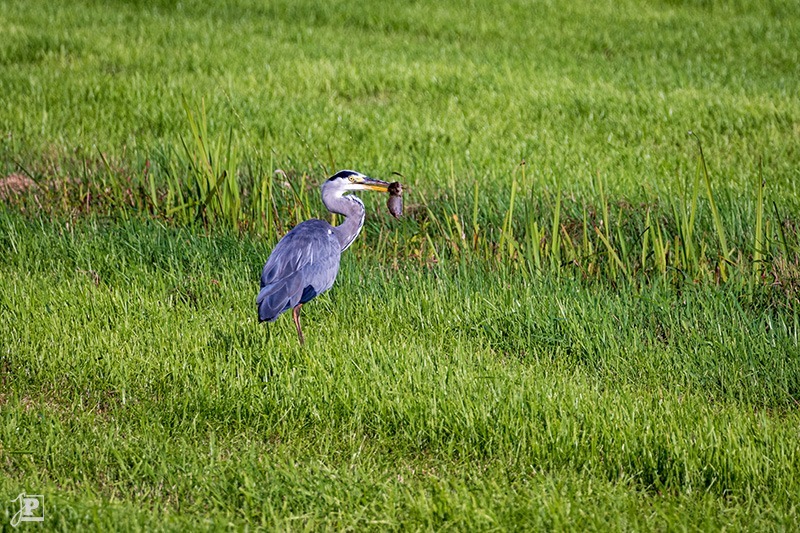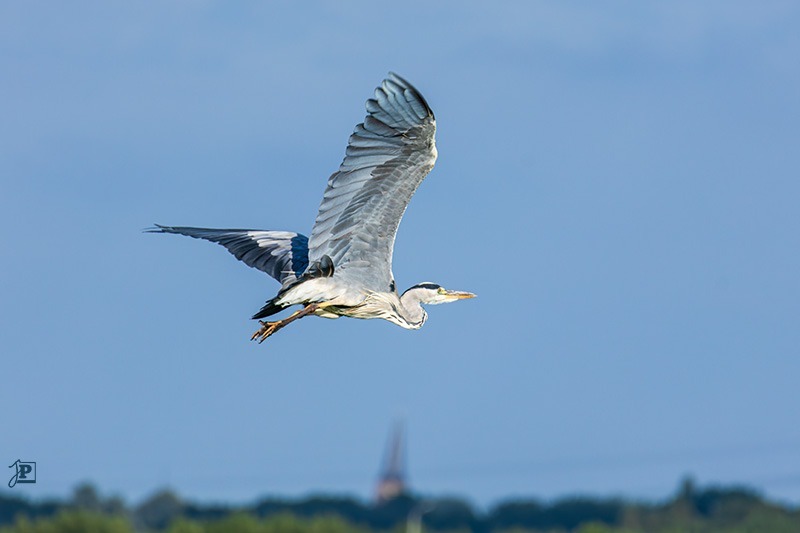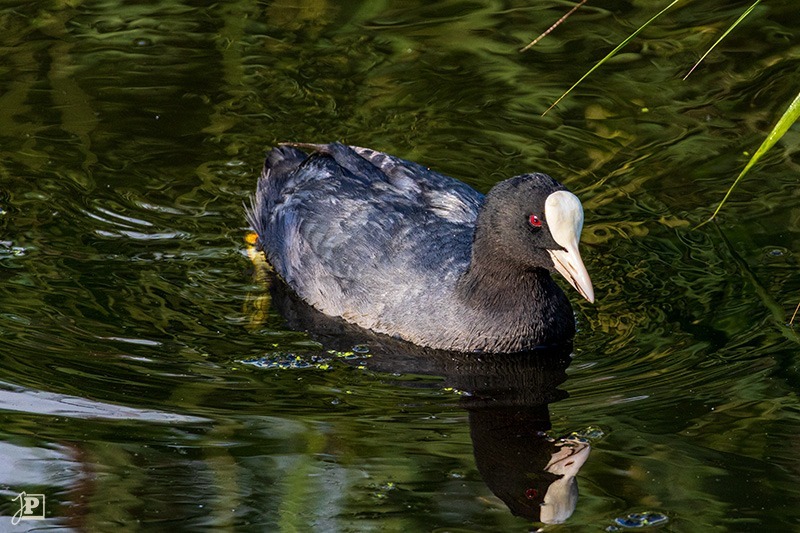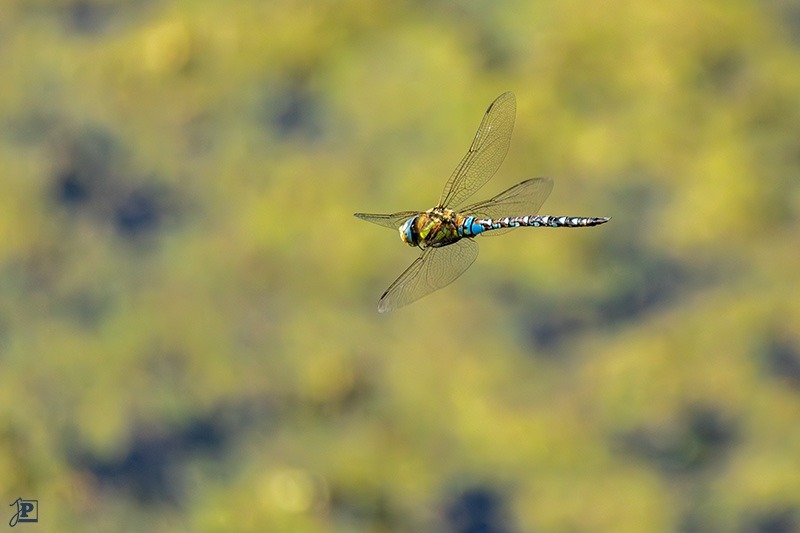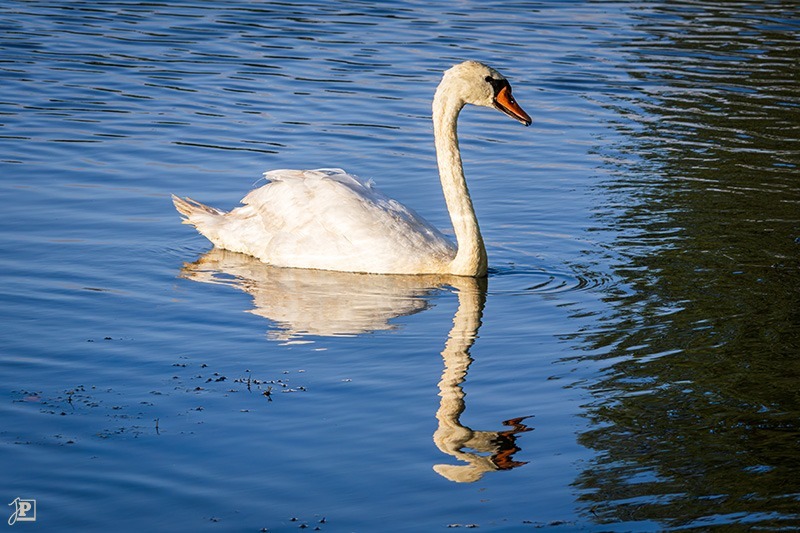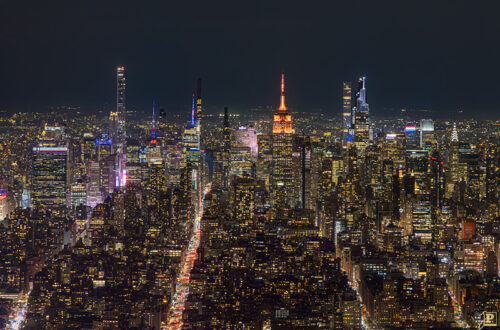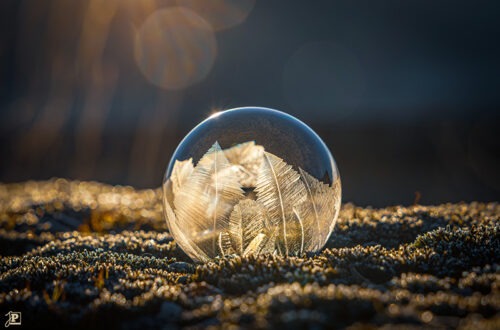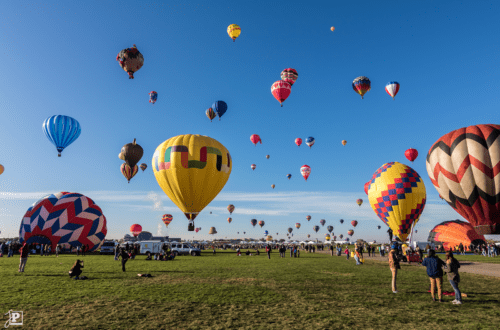In the Nature Reserve
Vacation on a farm with a nature reserve right on the doorstep – luckily, I had the new telephoto lens with me…
Off to Hoogland
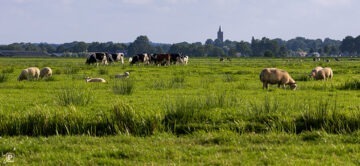
Summer vacation – finally! After a break of many years due to the pandemic, but also because of my wife’s vocational training, which had taken up a lot of time and energy, the time had come in 2023 for the three of us to travel again for ten days. The destination this time: the Netherlands. We started with two days in the fairytale theme park Efteling. Happy, but also exhausted after several 10,000 steps and many attractions, the next destination promised some relaxation: the farm of a good friend.
Hoogland is a suburb of Amersfoort, some 45 kilometers southeast of Amsterdam. Annemieke lives there with her husband and two children on an organic dairy farm. In typical Dutch fashion, our accommodation consisted of two caravans, within sight of the stables.
Once we had settled in, we got to know the daily routine on the farm: Milking, feeding calves, driving hay… we were able to lend a hand in the mornings and evenings. As we live next door to two dairy farmers ourselves, it was really interesting to experience a farm like this up close.
Birdwatching in the Nature Reserve
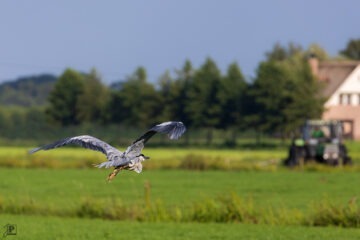
During the day, however, we still had enough time for excursions or simply to do nothing in prticular – it was a vacation after all. One of the daily tasks was counting the sheep. They didn’t graze directly on the farm, however, but a little way out on pastureland criss-crossed by canals along the River Eem, which is a designated nature reserve. Predators were not a concern, but one of the sheep falling into one of the many canals was always a possibility. The area is used for agriculture, but strict regulations apply, such as for when and where mowing is allowed. There are many unmown areas along the canals, fields and pastures, which offer ideal retreats for many animal species.
Even though the vacation was not primarily intended for photography, of course I had my camera with me, and in particular the new telephoto zoom lens, which offers a focal length of up to 400 mm. This seemed to me to be the ideal opportunity to put it to the test. Together with Annemieke and the children, we set off – by bike, of course.
The first animals soon appeared – first, a hare almost hopped in front of our bikes, then we were able to watch a heron stalking through a meadow and successfully catching a mouse. When it flew on, the telephoto lens and the camera’s animal eye autofocus were able to demonstrate skills their capabilities.
And there was much more to discover: The canals, which are sheltered from view and wind between the fields and meadows, are home to coots and mallards. There was also a complete swan family with three young swans. There are also numerous insects such as dragonflies, butterflies and bees – a hive of activity everywhere. With more time, there would certainly have been a lot more to discover here. But we soon had to move on – our last destination for the vacation was Ameland with its lighthouse…
The Results
There was certainly no shortage of subjects. And this one day in the nature reserve alone justified the purchase of the telephoto lens – thanks to its long reach, I was able to get quite close to the rather shy animals without disturbing them.
Two photos from this series have made it into my 2024 calendar: the brown hare posing as ‘Easter Bunny’ as March, and the dabbling swan as July. I also submitted the latter to a photo competition organized by the Swiss Photo Club, where the picture was exhibited for a week in Stuttgart.
